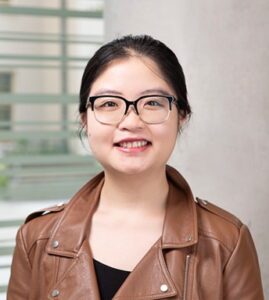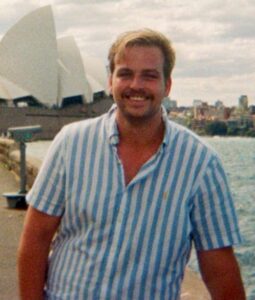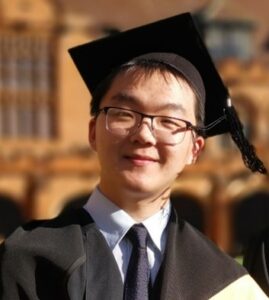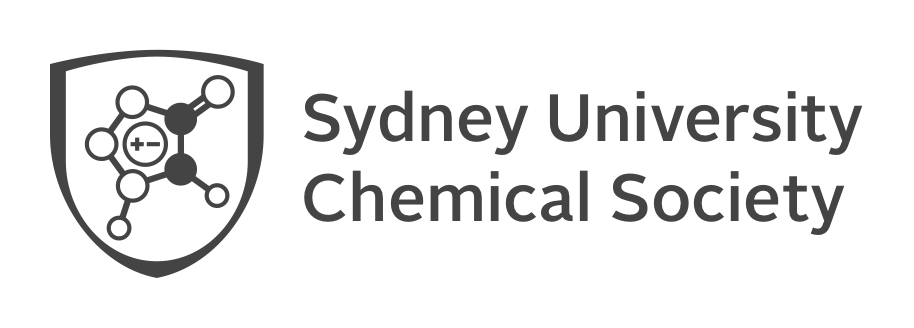Congratulations to the 2021 recipients of the Le Fèvre Lectureship Award: Jiarun Lin, Joshua Maxwell and Shurui Miao. These outstanding final-year PhD students join a long history of awardees dating back to 1985. We will have the pleasure of hearing their talks on Wednesday 27th October at 5.00pm online on zoom. Please contact one of our secretaries if you would like to access the zoom link.
2021 Award recipients:
Jiarun Lin

Abstract: Biochemical changes in specific organelles underpin cellular function, and studying these changes is crucial to understanding health and disease. Cellular structure and function can be examined with a variety of imaging techniques, with capabilities dependent on mode of action, sensitivity and spatio-temporal resolution. Current approaches include fluorescent probes in optical fluorescence imaging, vibrational spectroscopy and x-ray fluorescence microscopy (XFM). Fluorescent probes can target specific sites of the cell and detect analytes of interest, but their sensing capacity is limited to only one or two analytes. Vibrational techniques include infrared and Raman techniques; these can provide a comprehensive map of the relative biochemical distributions throughout the cell, but it can be difficult to identify small organelles without other correlative data. XFM provides elemental mapping of a sample, but it can also be difficult to identify small organelles. A multimodal approach incorporating different techniques can combine the strengths and overcome the limitations of each technique, providing complementary information on the environment of the cell. This talk will focus on the development and synthesis of novel multimodal tools for the analysis of cellular organelles, as well as their testing and deployment in biological systems.
Biography: Veronica completed her BSc (Advanced, Hons 1) at the University of Sydney in 2017, under the co-supervision of Professor Peter Lay and Professor Elizabeth New. She commenced her PhD in 2018 with the Lay and New research groups, working in the areas of bioinorganic chemistry and chemical biology. During her PhD studies, she has also been a Student Ambassador for the University of Sydney Nano Institute. In addition to research, Veronica has developed a passion for science communication, writing and illustration.
Joshua Maxwell

Abstract: As novel variants of SARS-CoV-2 continue to challenge the efficacy of existing vaccines globally, developing new and rapid approaches for immunisation remains paramount. Despite being a reliable and rapid synthetic platform for vaccine development, the utility of lipopeptide conjugate vaccines in engendering anti-SARS-CoV-2 immunity remains untested. These vaccines are defined by their success against respiratory pathogens, coupled with a durable and robust platform for their synthesis. In light of this, we have employed a solid-phase synthetic methodology to generate a library of TLR-2 targeting conjugate-vaccines featuring fragments of the spike protein of SARS-CoV-2 directly conjugated to and adjuvanted by the TLR-2 agonist, Pam2Cys. Excitingly, when delivered intranasally these peptide vaccines were capable of eliciting large titres of antibodies to the native virus.
Biography: Josh completed a Bachelor of Science (Advanced) at the University of Sydney with a double major in medicinal chemistry and immunology. For his honours year, Josh joined the Payne group to start a research project looking into lipopeptide cancer vaccines which won him the University Medal. Following this year, Josh stayed onto start a PhD in the Payne Research Group and has been involved in a wide variety of projects, including expressed protein ligation technologies, immunomodulatory insect peptides and mRNA display. At the outset of the Covid-19 pandemic, Josh went back to his research roots and began working on lipopeptide vaccines for SARS-CoV-2, which has been his main focus ever since.
Shurui Miao

Abstract: Ionic liquids (ILs) are a novel class of solvents with ultra-low vapour pressure and tunable liquid properties. Among them, many are also effective solvents for self-assembly of surfactants and lipids into micelles, vesicles, liquid crystals and microemulsions.[1-4] With more than 107 different ion combinations predicted and access to a broad spectrum of solvent properties, ILs are promising candidates as next generation solvents. Despite some large-scale applications have been realized recently, gaps remain in our understanding of how desired physical properties arise from structures of constituent ions. This translation of molecular structure into bulk properties involve a delicate balance of intermolecular and coulombic forces, as well as the resultant nanoscale molecular segregation (also known as the liquid nanostructure).[5] My work focuses on characterizing this liquid nanostructure and study its dynamics using a range of x-ray and neutron scattering techniques. By identifying the origin of liquid nanostructure, we will be able to engineer it through choice of ions. This is critical to complete our understanding of the structure-property relationship of ILs, which will unlock the rational design of job-specific IL-based solvents.
Biography: I did my undergraduate and honours (first class) at the University of Sydney, and I am now a PhD candidate within the same research group. My research is cantered on ionic liquids but the topic I cover is quite broad, ranging from fundamental structural study to self-assembly processes and to soft matter formulation. My project involves the use of many large international facilities including ANSTO, Institut Laue Langevin and Rutherford Appleton Laboratory, so I was lucky to have plenty of opportunities to travel and work with experts all over the world. Pre COVID-19 my main hobby is badminton and reading, now during lock down I am becoming a Lego fan.
References:
[1] M. U. Araos, G. G. Warr, The Journal of Physical Chemistry B 2005, 109, 14275-14277;
[2] M. U. Araos, G. G. Warr, Langmuir 2008, 24, 9354-9360;
[3] S. J. Bryant, K. Wood, R. Atkin, G. G. Warr, Soft Matter 2017, 13, 1364-1370;
[4] M. T. Lam, W. D. Adamson, S. Miao, R. Atkin, G. G. Warr, Journal of Colloid and Interface Science 2019, 552, 597-603.
[5] R. Hayes, G. G. Warr, R. Atkin, Chemical Reviews 2015, 115, 6357-6426.
